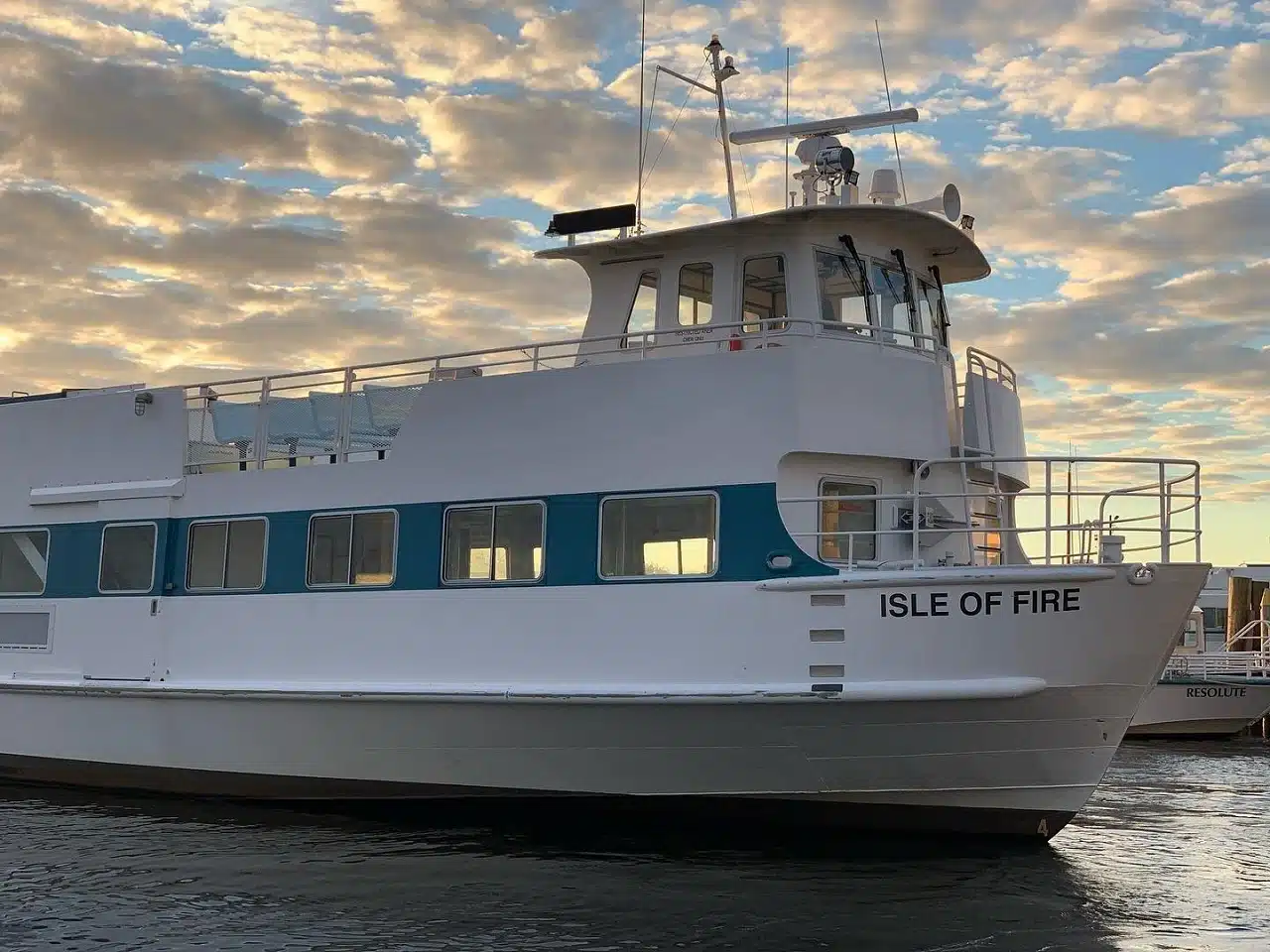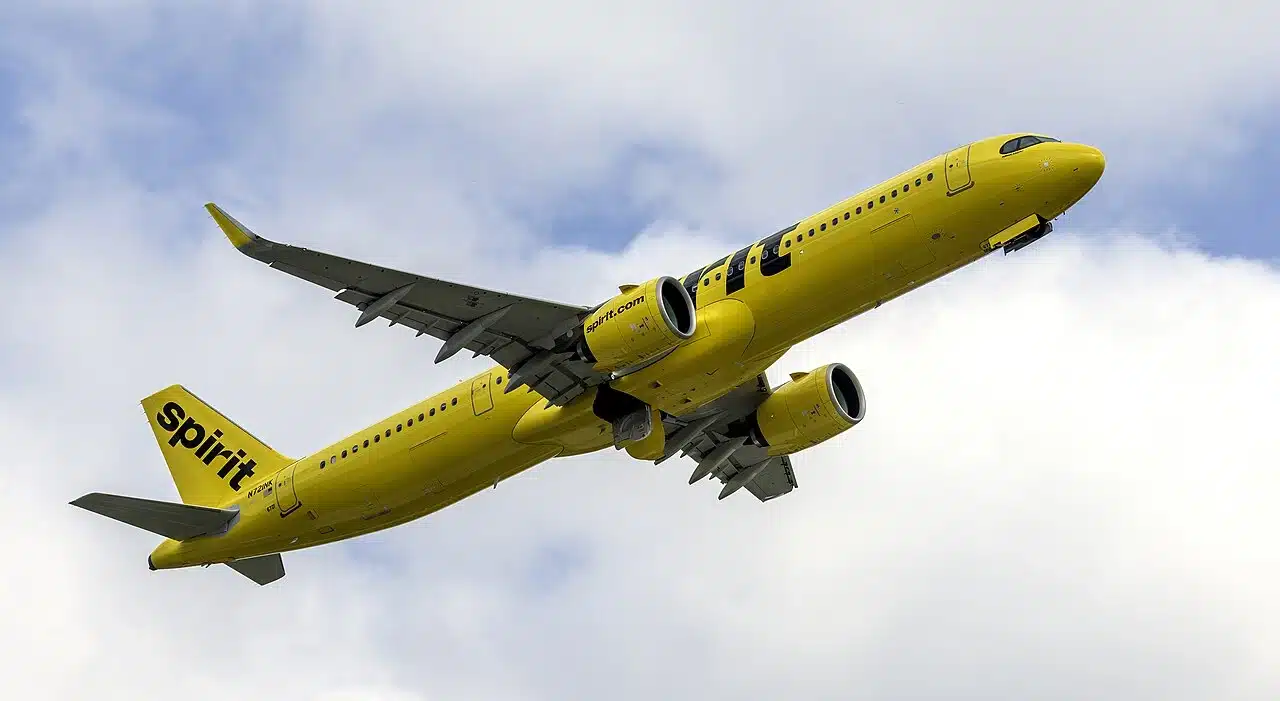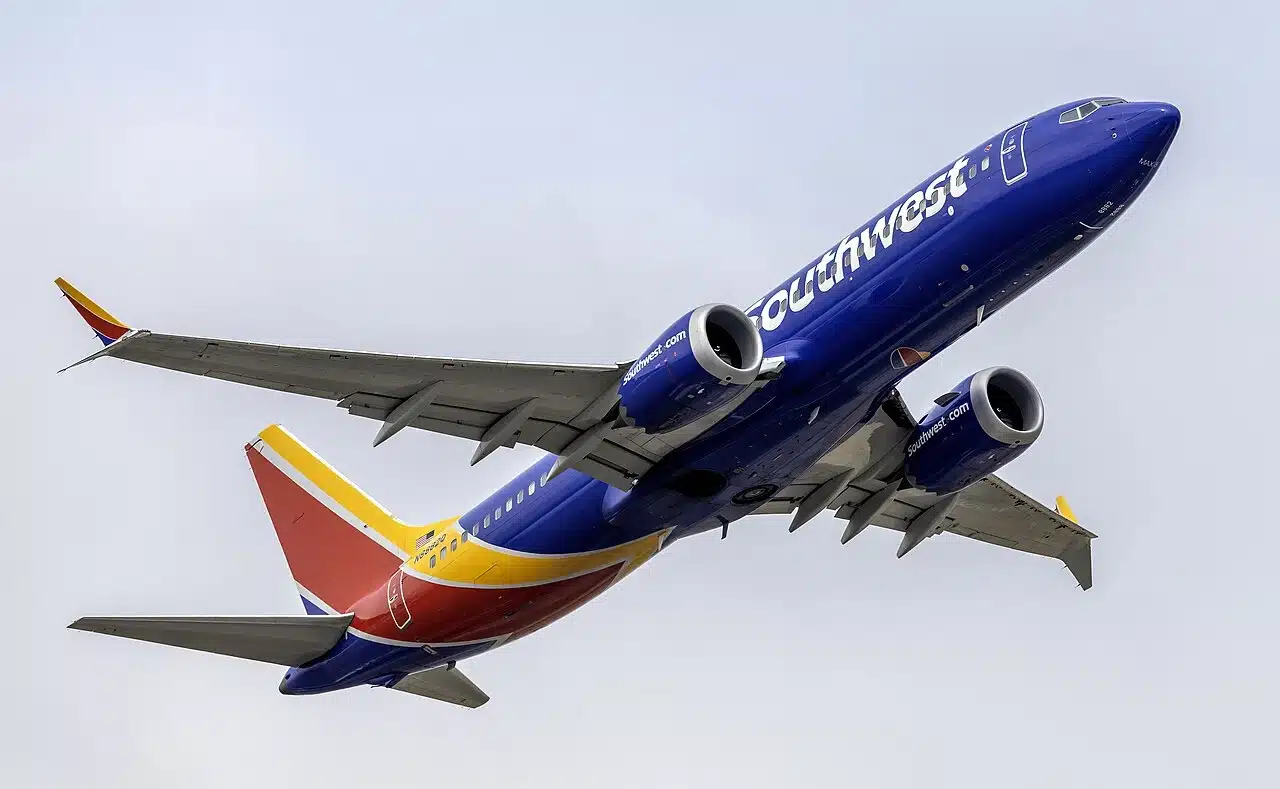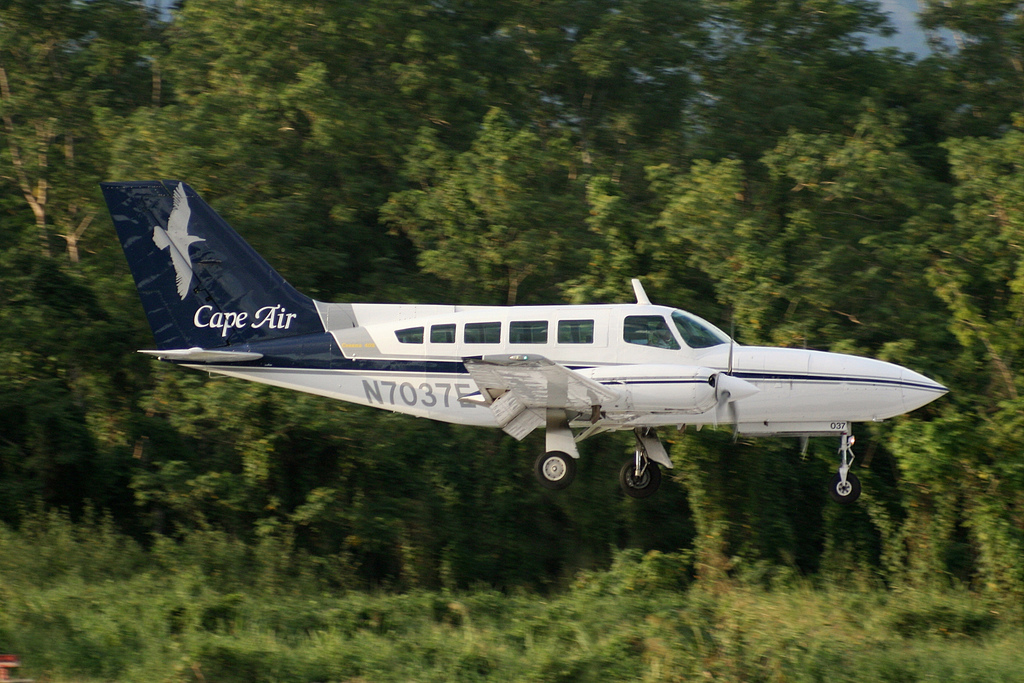


Avelo Airlines is ending West Coast flights, closing its Burbank base, and shifting focus to the East Coast. Find out what this means for the airline.
Avelo Airlines announced on Monday that it plans to end its West Coast operations. This announcement coincided with the closure of its crew base in Burbank.
According to Flight Global, Avelo pointed to low ticket sales as the main reason for the shutdown. Avelo CEO Andrew Levy commented:
“We believe the continuation of service from [Hollywood Burbank Airport] in the current operating environment will not deliver adequate financial returns in a highly competitive backdrop.”
The airline denied that the shutdown has any connection to the scrutiny it has received for flying charter flights for the federal government. These flights include involvement in the controversial immigration enforcement program.
Despite its West Coast pullback, Avelo is increasing its commitment to East Coast expansion. The airline just opened their new crew base in Wilmington, North Carolina.
West Coast air crews and aircraft will be reassigned to the East Coast. This transition will happen gradually, as Avelo plans to scale down its West Coast operation to a single aircraft by December 2025.
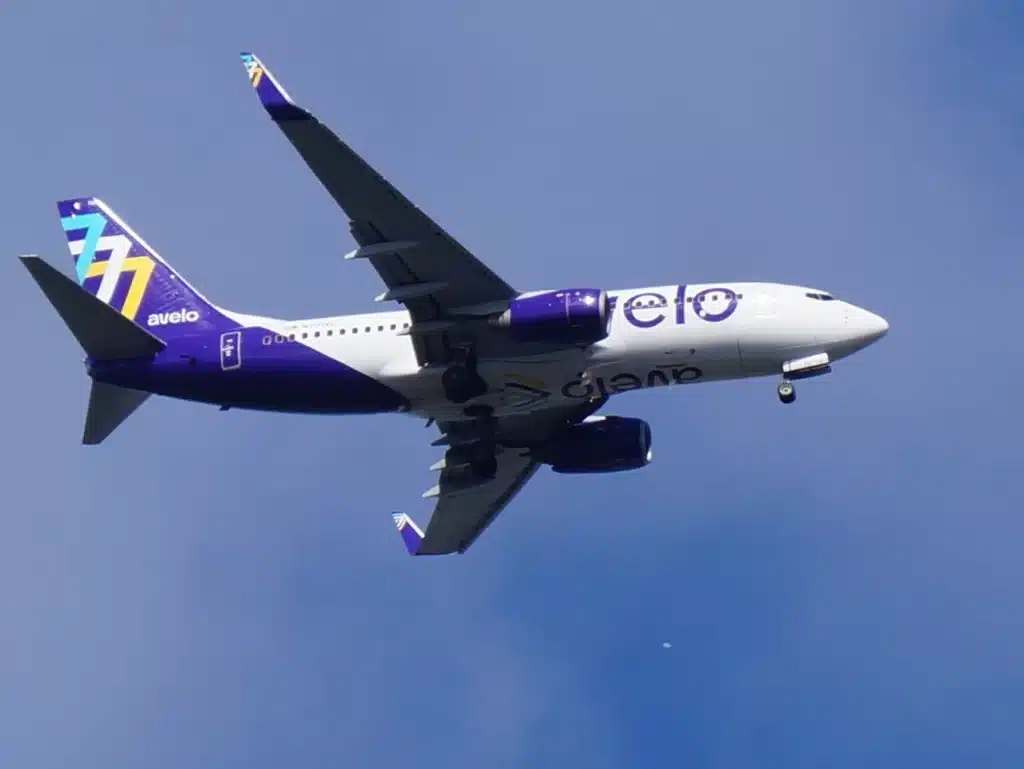
This closure marks Avelo’s first major setback since launching in 2021. The airline scaled slowly at first but ramped up its growth in recent years, building a network that included East Coast, West Coast, and international destinations.
The new focus on East Coast operations might actually be a positive step for Avelo. The airline now sets its sights on competing more directly with Spirit Airlines and Frontier Airlines, two ultra-low-cost carriers with a major East Coast presence.
Still, you can’t help but wonder how much momentum this shutdown will cost the airline.
The void left in the West Coast low-cost market hasn’t lasted long. Avelo’s rival and fellow newish airline Breeze Airways has already stepped in, offering new low-cost flights from Burbank.
Beyond route strategy, Avelo also faces challenges related to fleet size. The airline operates a small fleet of 20 Boeing 737s.
In that sense, it’s impressive Avelo was able to make a bi-coastal route strategy work at all. The scale-back to primarily East Coast operations will put much less strain on the airline’s fleet and logistics teams.
Another challenge for Avelo is public perception. While the airline denies that its West Coast exit was related to public criticism, it’s fair to assume the reality is somewhere in the middle.
Branding is all about perception. It’s not just the look and feel of a company, but also the values it represents. Avelo is still forming its identity, and participating in such a polarizing operation may have created some hurdles.
Unlike larger airlines that have established customer loyalty, Avelo doesn’t yet have the luxury of sweeping PR challenges under the rug. The airline is still working to build trust with travelers.
It will be interesting to see how public sentiment continues to evolve.
For now, Avelo will need to bring its best game to the East Coast. Competing in this highly competitive market means emphasizing reliability, affordability, and customer experience. All while staying focused on long-term growth.


